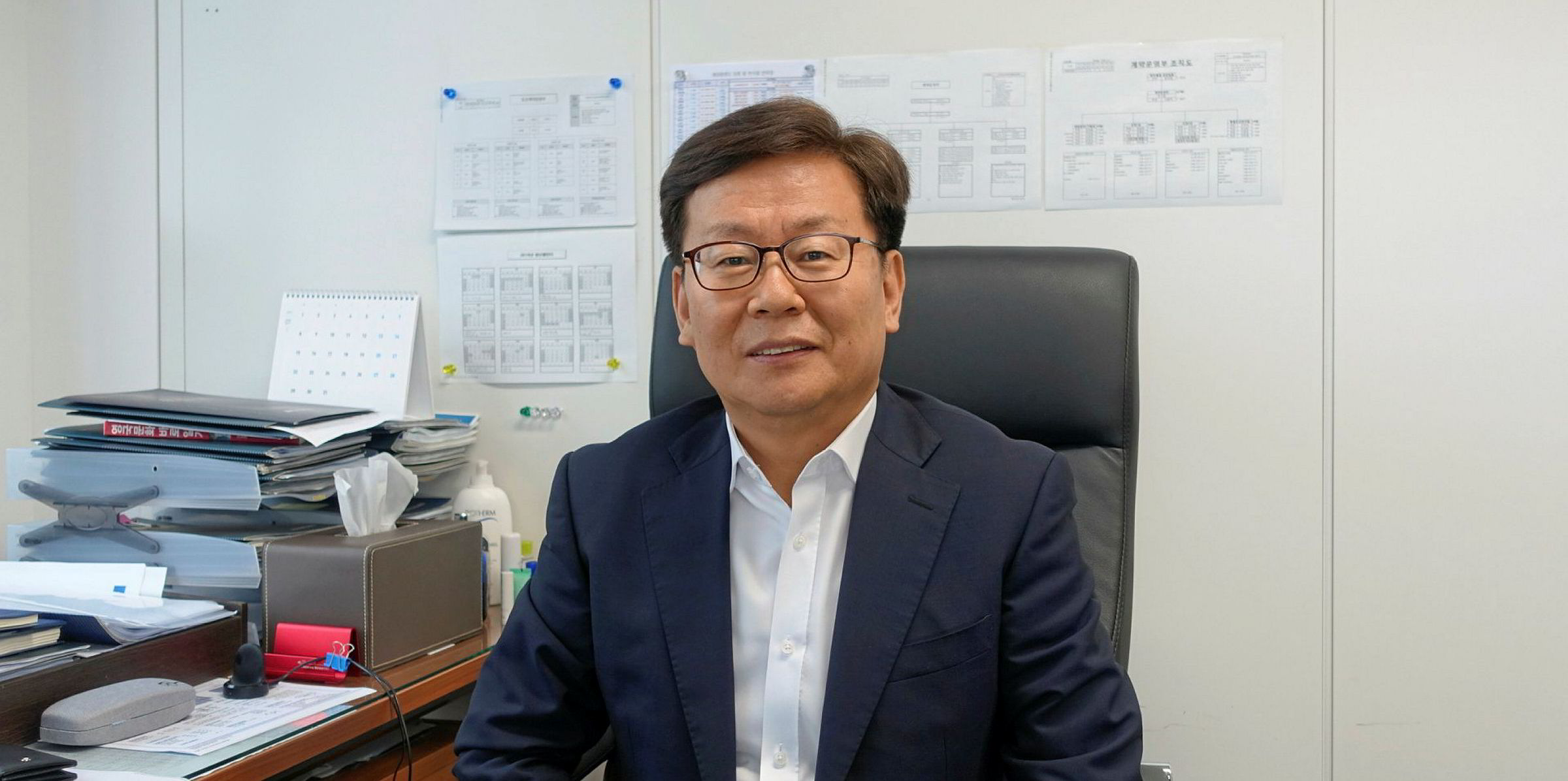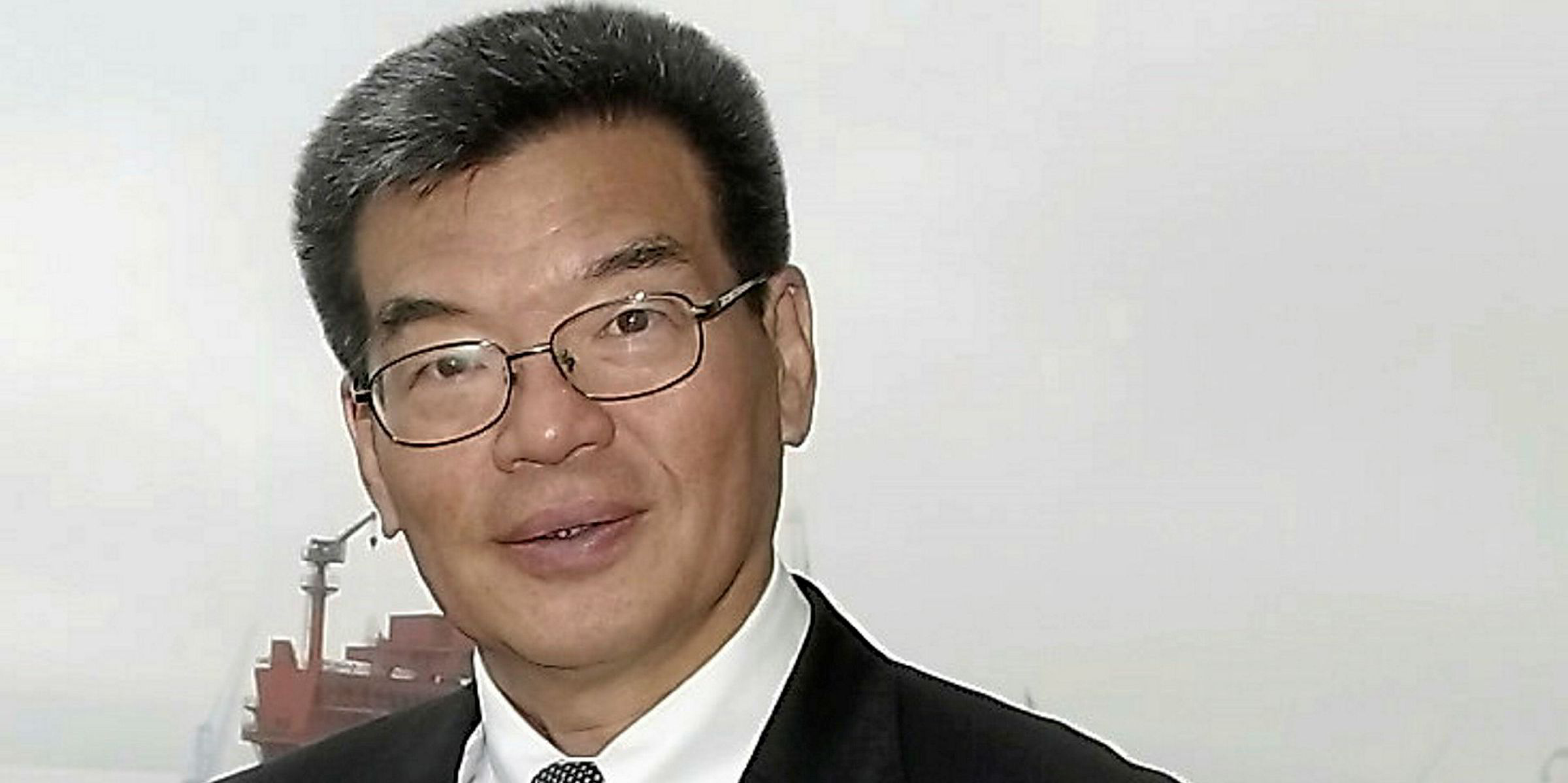South Korea’s shipbuilders are in dire straits. Hopes of an improving market in 2019 have faded, with the number of contracts likely down on the year before for most ship types.
Stuart Nicoll, director of Maritime Strategies International (MSI), describes the demand for newbuildings as “soggy”, adding that the aggregate deal total for South Korea’s big three yards will be the worst for years, apart from 2016.
At the start of the year, Hyundai Heavy Industries upped its sales target to $15bn, up 15% year on year, while Samsung Heavy Industries was targeting $7.8bn and DSME $8.37bn in fresh orders.
Market observers say SHI will likely be the only one of the three to hit its target. But it has had a mixed year to date.
On one hand, SHI secured a $920m contract for mega-containerships from Evergreen and a deal for 10 LNG-fuelled aframax tankers from compatriot shipowner Sinokor Merchant Marine.
One the other, it lost out on an offshore project worth between $1.1bn and $1.5bn, which it was widely tipped to win, to Japanese floating production outfit Modec.
HHI and DSME are said to have achieved slightly more than 70% of the intended sales.
Newbuilding lull
Brokers say that with only a month left, shipbuilders will likely accept that their targets are beyond reach, with “shipowners adopting the sit-and-wait attitude” towards newbuildings.
SY Park, chief operating officer and executive vice president at HHI, says: “We were quite positive when we set up the order target for 2019, but the reality is different.
“We were expecting more orders because of the IMO 2020 regulations, but shipping companies have opted to install scrubbers and use low-sulphur fuel as solutions.
“The trade war between [the] US and China has also impacted the sentiment of ordering new ships.”
MSI's Nicoll describes the situation as challenging.
“The large containership sector remains fiercely competitive with finance a critical factor in the battle between the South Korean yards and the leading builders in Japan, such as Imabari Shipbuilding, and China’s Jiangnan Shipyard,” Nicoll says.
“This sector is unlikely to provide more than sporadic business. [The] LNG carrier [segment] looks to be moving into a lull before the next phase of project-backed orders for delivery in 2023 and beyond.
“Financially, the South Korean yards are still struggling. SHI posted an operating loss for the seventh straight quarter in Q3 2019 ... a cumulative total loss of around $1.5bn on turnover of $10.5bn over the period.
"Hyundai Heavy’s shipbuilding arm [Korea Shipbuilding & Offshore Engineering] reported another modest profit in Q3, after heavy losses in 2018.
"Ironically, DSME continues to post operating profits following its debt restructuring.”
Monopoly fears
HHI has long sought a takeover of Okpo-based DSME, which is under the control of Korea Development Bank.
The state bank has signed a conditional deal to sell its majority stake in DSME to HHI, which would see the world’s two biggest shipbuilders merge.
The takeover has caused major protests by South Korean labour unions as they fear job cuts.
Outside of the country, shipping outfits fear the tie-up would hand the new entity a price monopoly, especially for specialist ships such as LNG carriers.
Rivals say no one company should have such power and that a collapsed shipyard should be closed down not taken over by its siblings.
Nicoll says: “The DSME and HHI merger divides opinion. Clearly, the workforce at both companies sees the merger as likely to lead to job losses, suggesting de facto capacity cuts.
"That would be positive for the industry in general, particularly as MSI believes that the phase of capacity reduction in Asia has not yet run its course."






